Population “Juvenilization” in Iran
People have long wished that their parents could live longer, advanced technology and better health standards have more or less granted that wish, allowing people to live longer lives.
But what happens if the population keeps aging with no younger generation to replenish it?
The official position of family planning (More children, stronger family) has been totally turned around, just 20 years ago the motto was: Fewer children, better life.
In 1967 Iran became one of the first countries to establish a family planning program.
But religion is not big on contraception, and the Islamic revolution of 1979 would also require a bigger Islamic population to safeguard its values. So in advocating population growth, the new governing body dismantled the family planning program.
Thus, a population of just over 37 million increased to about 50 million by 1986, with a growth rate of over 3 percent per year.
But a war can change much.
There are four factors involved in population and demographic changes: one is marriage, the other divorce, immigration, and war, all of which we’ve already witnessed.
We’ve experienced war, during which many went to the frontlines and lost their lives for the country.
The other factor which is also related to the war was that many of our intellectuals and scientists had to emigrate when they saw the atmosphere in the country unsuitable for living.
Amir Abbas Abdollahi, Sociologist
As the 8-year Iran-Iraq war came to an end in 1988, the government began to view rapid population growth as a major obstacle to the economic and social development of the country.
And so family planning was revived to promote small families. In a pragmatic move which surprised many in 1993, parliament passed a bill that removed most economic incentives for large families, while still paying attention to reducing infant mortality.
The target was bringing total fertility down to 4.0 births per woman by 2011. But by 2000, the rate was already down to half that goal. And now Iran is faced with fewer than 1.7 births per woman. This is while just sustaining a given population, requires 2.1 births per woman.
While the country's fertility rate today has reached about 1.6 children per woman, it was 6.5 children per woman, in 1986.
Just under 1,600,000 births were registered between (March 2015-March 2016), but only about one million were registered between (March 2020-March 2021); that’s within 5 years.
Natural population decline is very different from a voluntary one. The voluntary population decline is due to population control, abortion, and the secular western culture that gives people the impression that everything revolves around them, their desires, and their pleasures.
Under that culture, a woman would seek education, then employment, and then a permanent job. In the meantime, she won’t have the time for marriage and bearing children, so she’ll put that off.
A collection of all these will cost a girl her ability to bear children. In such a cultural environment where pleasure, power, and wealth are the only priorities, the birth rate will be on the decline.
Kobra Khazali, Head, Supreme Council of the Cultural Revolution
Potential crisis
The first concern is a potential labor crisis. Teenagers who were at high school between 1987 and 1991 are now in the labor market. This has opened a window of opportunity for production in the country.
If we don’t take advantage of the opportunity, that would lead to a population of senior citizens. If today, for example, we need to care for one senior citizen, we’ll need to care for 15 in 2051. Imagine the workforce that is being added to that number.
We’re losing 15 percent of our workforce every year. We haven’t seen any policy implemented to address the challenges related to the labor market, economy, workforce, and how we can keep them from retiring.
Amir Abbas Abdollahi, Sociologist
According to Mohammad Esmaeil Akbari, senior advisor to the minister of health, the world has grown about 5 years older over the past 70 years, but the population of Iran has [unfortunately] grown 10 years older in the past 60 years.
As recently as 2020, Iran was recorded as having a population growth of 1.3%. The recent rate in neighboring Iraq has been 2.3% and in Saudi Arabia it has been 1.8%, according to World Bank data.
Our biggest challenge is political and security issues. Manpower is of prime importance in wars. If we have a mighty army, if we have strong military power, we’ll be safe from the threat of an invasion.
But if our neighbors find out that our security forces and our ability to protect our borders have diminished due to the population decline, they’ll certainly attack and divide our country.
Amir Abbas Abdollahi, Sociologist
Now in 2021 senior citizens constitute about a tenth of Iran’s 85 million-strong population count.
While the country's population growth is less than 1.4 percent, the growth of the elderly is 3 percent. The elderly population has increased from about 5 to 10 percent over the course of 5 decades, and it is predicted that this rate will triple in the next 50 years.
Above all others this will be to the disadvantage of the elderly, who will need the care of a dwindling productive population; the productive population or portion of society being between 15 and 65 years of age.
The government has taken all of these into account to turn them into passed laws. It is pushing for economic solutions which will see, for example, food and medicine packages delivered to the homes of the people who’re in the three lower-income deciles.
It will also provide them with the means necessary to undergo tests, be covered by maternal insurance. There are currently three million married couples, that is, six million married people who’re waiting for their first child, which is ruining their lives.
Measures must be taken to prevent and treat infertility for them, for which insurance is introduced. They might be students and need loans for buying homes and getting married and starting a family.
Kobra Khazali, Head, Supreme Council of the Cultural Revolution
There is still time to make up for any shortages in numbers, as Iran is still a young country; young but aging with frightfully low birth rates. The marriage rate alone has fallen by 40 percent in a decade.
And an alarm has been raised that in the next 20 years, Iran will be one of the oldest countries in the world and the oldest by the next 30.
What action is the government taking to address its population concern?
It approved a law in November to implement a population growth and family support plan for 7 years to reverse the declining trend of childbearing.
The law is called the family support and population rejuvenations law and it outlaws sterilization and free distribution of contraceptives in the public healthcare system.
A problem we used to have was that over 3.5 million infertile couples in Iran weren’t covered by insurance. We’ve attempted to cover 90-percent of the infertility treatment costs for IUI, IVF, and other cycles under insurance for the first time in Iran.
About 30 of the 74 articles are related to the mother and child’s health. 20 articles are related to the Health Ministry. Several articles are related to the Ministry of Science, Ministry of Culture and Islamic Guidance, and media like the IRIB.
I believe about seven articles are related to home loans from the Ministry of Roads and Urban Development and creating dormitories for married student couples, all of which are under the umbrella of providing housing for young couples.
There are some financial facilities provided, including loans for the first to fifth children, which increases by a coefficient according to the number of children.
Fatemeh Mohammad Beigi, MP, Health Committee
The plan stipulates health insurance for infertile couples, providing services and facilities to working women, educational opportunities for student mothers, and ongoing medical services to pregnant women.
Thing is, looking at global examples: it takes more than benefit packages that are out of proportion with general taxes and daily expenses, to encourage sustainable coupling and childbearing. As we know, money is not everything, social attitude and belief systems and personal values also play a major role in the process.
Social issues are multi-layered and result from a complex set of factors. It’s not scientific to emphasize a particular factor too much. Economic, cultural, social, political, and international issues certainly have their effects. But to grasp how important the economy is, I’ll make an example from different countries in the world.
People in higher-income countries always get married later and bear fewer children. They might be entertained by their pets.
On the other hand, most of the poor who are suffering from poverty and addiction won’t think about starting a family, either, as they just want to pass their time of hardships.
The middle-class in our society is more developed and doesn’t suffer from the afflictions and problems of the poorer bracket. They lead healthier lives and that’s why they get married and bear children.
Some 20-million households in the country are from the very group. Therefore, if the economy was an important factor, the rich must have been responsible for the highest birth rates.
Kobra Khazali, Head, Supreme Council of the Cultural Revolution
According to the UN, two-thirds of the countries in Europe have introduced measures to increase fertility rates, from baby bonuses and tax incentives to paid parental leave.
It hasn’t worked equally everywhere and it generally tends to boost childbirth temporarily. But in the long-term, it brings stability which is a prerequisite for the security, financial certainty and social preferences that keep a population stable or growing.
Italy launched an incentive package in 2015. That was a €800 payment per couple per birth. But Italy still has one of the lowest fertility rates in the EU, with 1.3 children per woman.
France with 1.92 births per woman (one of the highest fertility rates in the EU according to 2017 World Bank data) is a "demographic exception" in Europe.
That should be attributed to its balanced range of social policies.
They offer subsidized child care for younger children and a generous benefits system "especially for larger families", according to the European Commission.
I’ll cite the United Nations and the western viewpoint that values materialism and the economy, they believe that population means wealth and power.
They believe four factors contribute to economic growth; one is having lands, facilities, and resources to make good money off of.
The second is the workforce who’ll work on the land and mines and resources.
The third is the technology and know-how to increase the efficiency of production. They believe it’s the workforce that can work on the materials and resources and make production work.
If there’s a strong population, wealth can be made, else we’ll have to face poverty and prepare for extinction with an old population, despite having rich resources.
Kobra Khazali, Head, Supreme Council of the Cultural Revolution
According to the European Commission female and maternal employment rates in Sweden "are among the highest in the EU, and child poverty is among the lowest". This is while parents are given a monthly allowance of up to 1,573 krona $167). And the sum increases when the child reaches the age of 11 and then once again at 15.
Iran has also made an effort with its new law. Although it’s too soon to judge its efficacy before it’s put into full practice.
With a focus on shaping young minds, the law stipulates that “All higher education institutions in the country are obliged to raise awareness about the positive aspects of childbearing”.
Another issue taken into consideration in the “Juvenilization” of the Population is support for young couples. Imagine recently married couples who are students.
Some 10 percent of budgets for the Ministry of Science, Ministry of Health, and the construction budget of the Seminary are earmarked for building dormitories for married couples and their housing so they can experience parenthood at an early age.
This is because according to statistics, unfortunately, the average age at which women marry in Iran is 24. The figure is 29 for Iranian men. The families also bear children 4 to 5 years after marriage.
With a quick calculation, you’ll realize that an Iranian woman experiences motherhood at 29. This is while the best age for motherhood is between 20 and 24.
Fatemeh Mohammad Beigi, MP, Health Committee
The Ministries of Interior, Sports, and Culture, and other relevant institutions are legally obliged to allocate 30 percent of their budgets to NGOs that work to reduce the age of marriage and encourage childbearing.
Employees with three to five children will be promoted. Maternity leave will be extended to 9 months with full salary and relevant extras.
The government is obliged to establish a life insurance and investment fund for unemployed housewives with 3 or more children living in rural and nomadic areas.
The Ministry of Health is to provide quality natural childbirth in state-run hospitals, in addition to providing free infertility treatment to the couples.
Municipal public transportation services and cultural, sports, and recreational tariffs are to be halved.
Tuition fees for children in private schools and educational centers will include a 20 percent discount.
And all production, distribution, and service units must include phrases highlighting childbearing support on products and goods.
The “Juvenilization” of the Population requires behavioral, social, and economic changes. Our economy is a bitter legacy of the previous administrations. They have made their contributions, but we haven’t had an economic growth that would support a strong and dynamic economy.
The other issue is the culture. If we want a younger population, we need to create a culture for it. We’ve written the plan, which is a very good one too. But how successful will the plan be when implemented?
We write great plans, but there’s no one to implement them. They, just like theses and dissertations, collect dust on the library shelves in the universities.
Amir Abbas Abdollahi, Sociologist
In a plan to boost healthy births, The Ministry of Interior, in cooperation with the Statistics Center of Iran, is to continuously monitor the birth rate and total fertility rate in the country every year, and submit the necessary proposals to the National Population Headquarters regarding plans to improve the fertility situation in provincial areas and cities.
Let’s assume we’re trying to implement the Mother and Child plan. There’s an improper structure for it. Do we recognize motherhood as a job? Have we decided on a Rial-denominated remuneration for the mother for her time spent on caring for the children? Have we allocated any money for it in our budget? Unless these issues are addressed, nothing will change, even if we propose a thousand other plans.
Amir Abbas Abdollahi, Sociologist
Ill conceived Reformation leads to chaos
Unfortunately there is a competition for luxury in marriages among families and in various affairs which needs to be dealt with. And also we have the rising of the marriage age or the country’s population aging.
These are areas that require reformation. What is the logic behind this reformation? I mean, what do we seek via this change?
If this logic is not clear and calculated, it will lead us to chaos.
Ayatollah Seyyed Ali Khamenei, Leader of the Islamic Revolution of Iran
Report: Israeli warplanes bomb positions in southwestern Syria, Iraq
US forces smuggle stolen Syrian oil into bases in Iraq: Report
VIDEO | Press TV's news headline
Situation normal after air defenses fire at 'suspicious objects' in Iran
‘Iran retaliation against Israel ensured no aggression would go unanswered’
US vetoes Palestinian request for full UN membership
Iran sufficed to strike only part of Israel’s military positions: FM to UN chief
IRGC: Israel’s Dimona nuclear reactor not among Op. True Promise’s targets


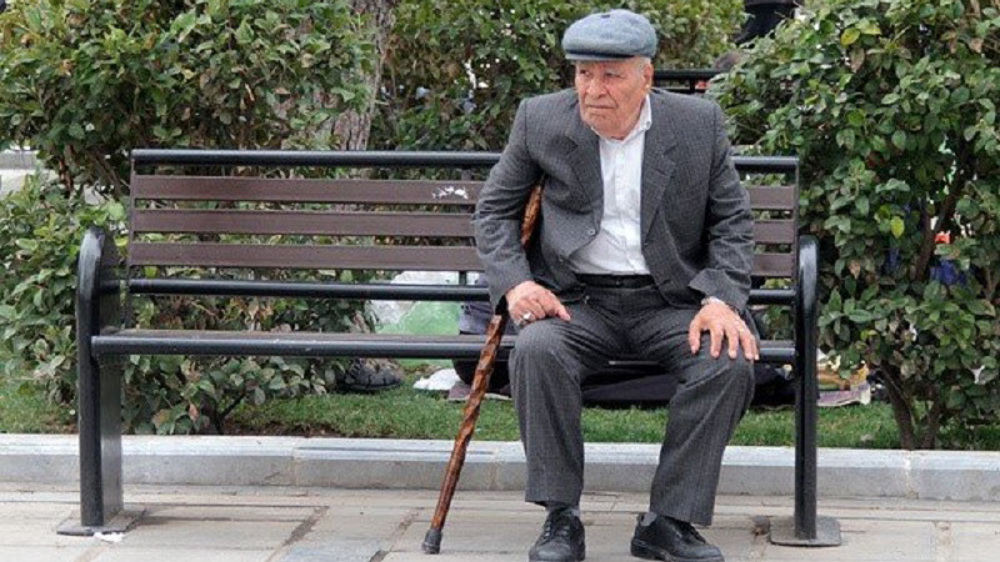
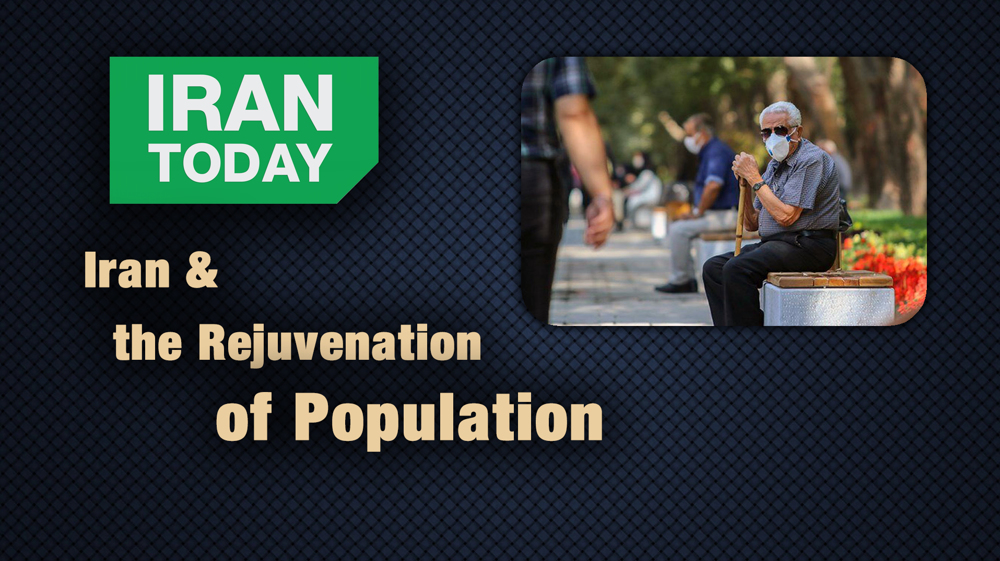

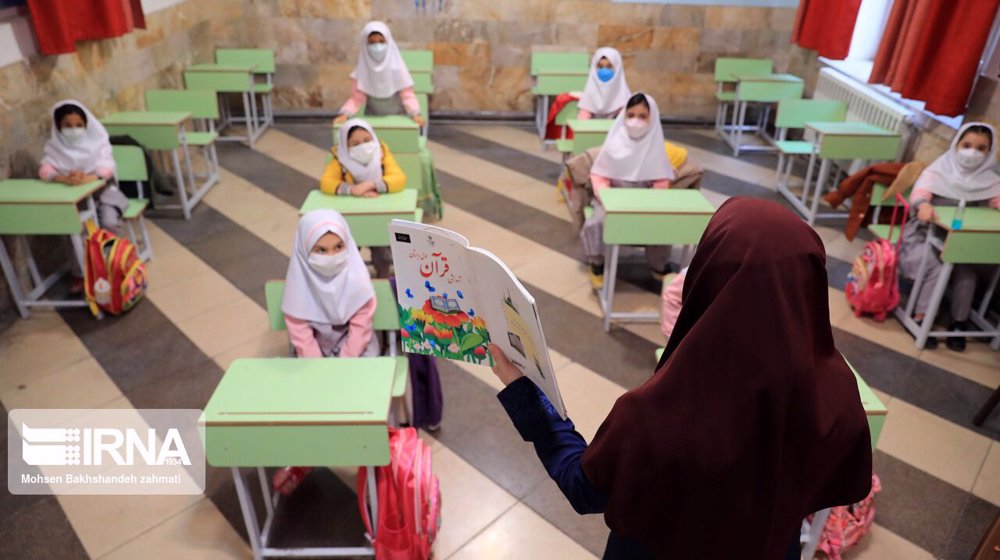
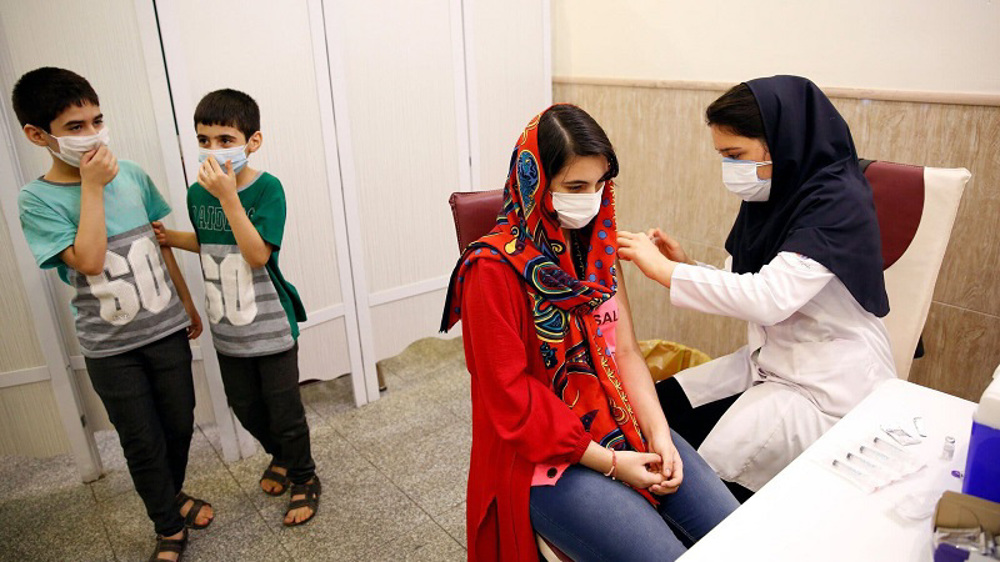

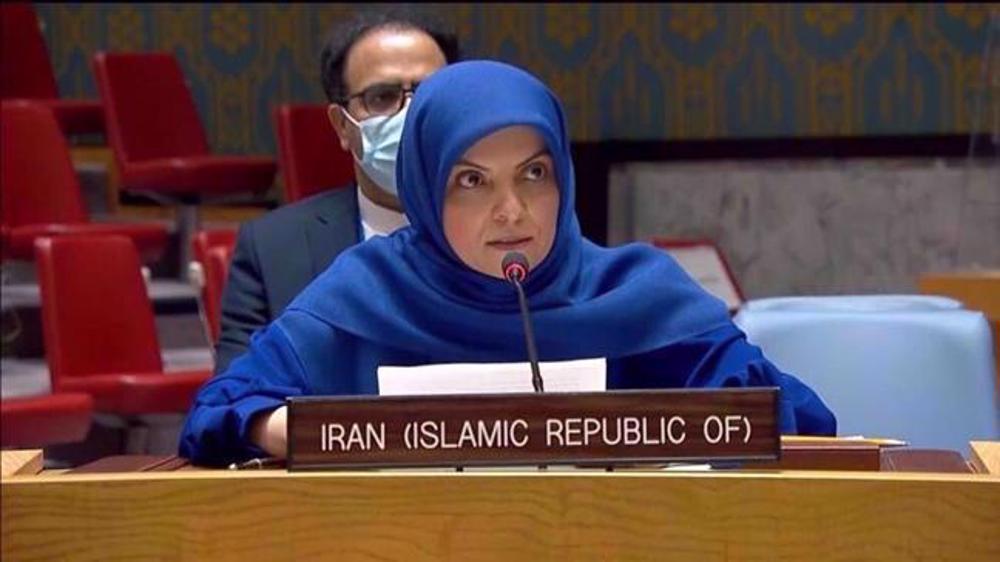

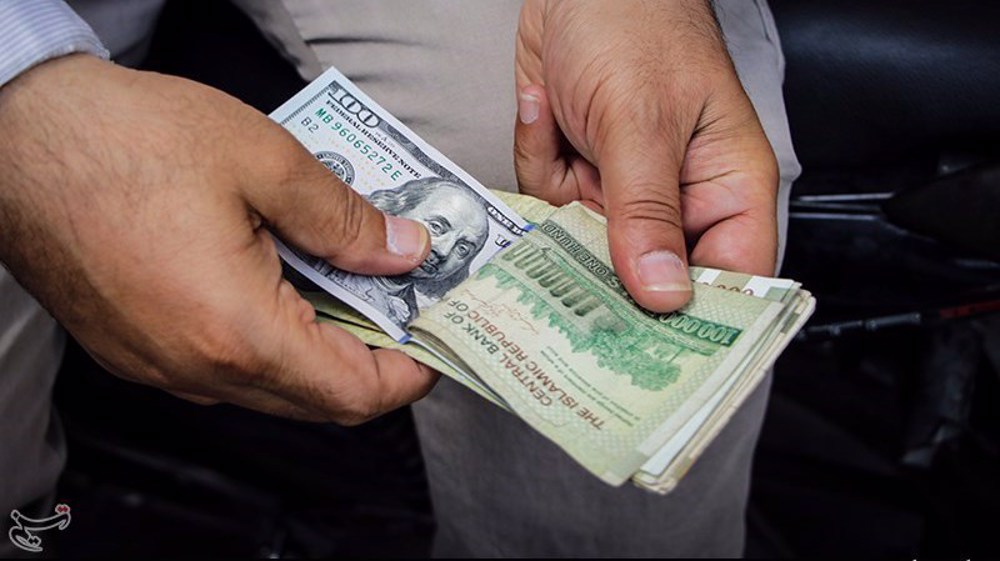

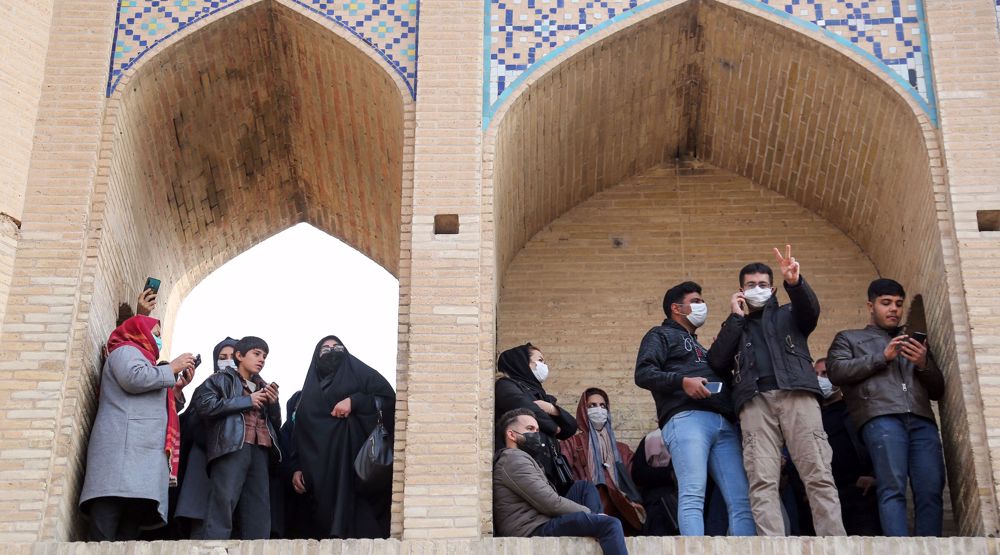


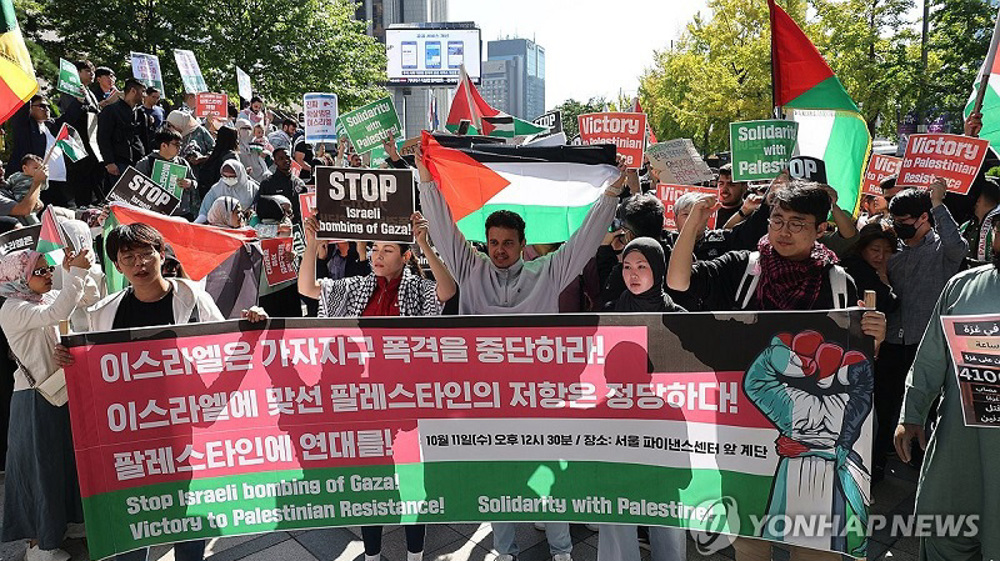



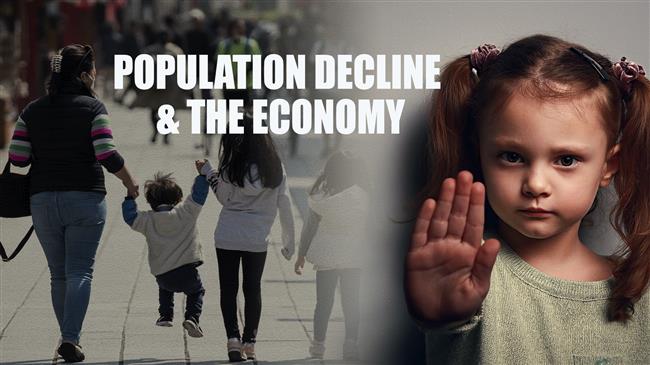


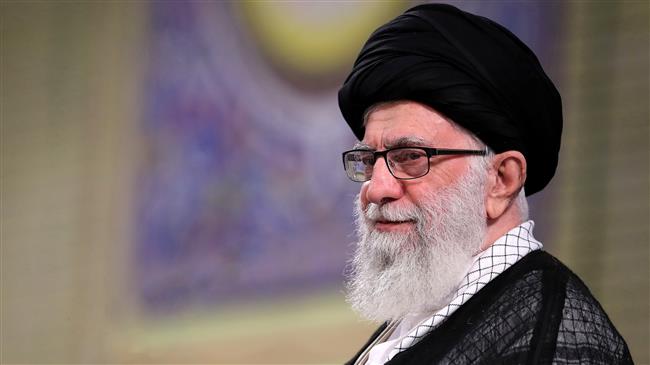


 This makes it easy to access the Press TV website
This makes it easy to access the Press TV website